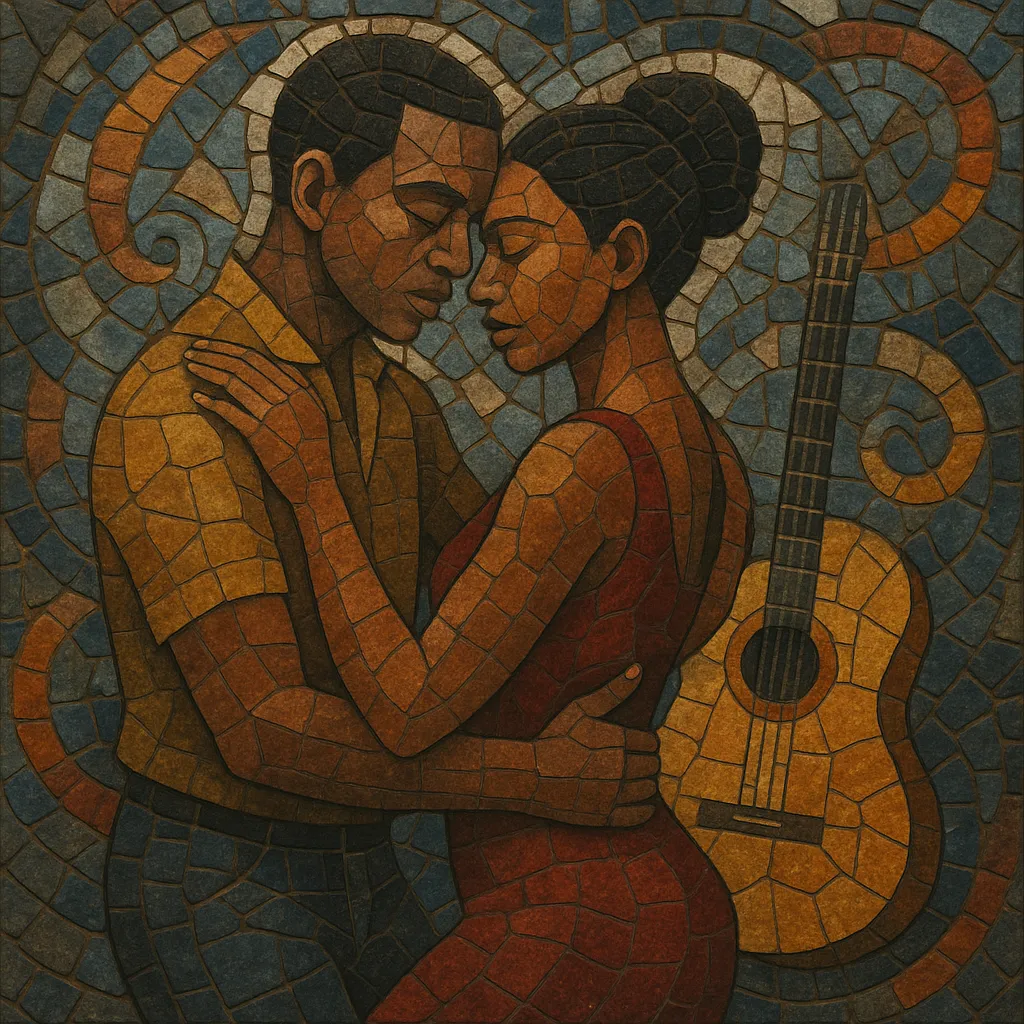Kizomba is a smooth, romantic dance-music style that originated in Angola, blending the melodic sensibilities of local semba with the lush, slow-tempo grooves of Caribbean zouk. Typically set in 4/4 time around 86–100 BPM, it emphasizes a deep, round sub‑bass, sparse drum programming, and gently syncopated percussion that encourages close, flowing partner movement.
Arrangements favor silky synth pads, clean electric guitar arpeggios or comping, and R&B-influenced vocals in Portuguese and other Angolan or Cape Verdean languages. Lyrical themes gravitate to love, intimacy, nostalgia, and urban life. Over time, kizomba diversified into substyles (such as the even sparser, bass-forward tarraxinha) and spread through the Lusophone diaspora, especially in Portugal, before becoming a global social-dance phenomenon.
Kizomba emerged in late-1970s/1980s Luanda as Angolan musicians absorbed the slower, romantic strain of Caribbean zouk—often called “zouk love”—and fused it with local rhythms and songcraft rooted in semba. Producers and bands began adopting drum machines, synthesizers, and smooth electric guitars, shaping a sound that was intimate yet danceable. Artists such as Eduardo Paim and peers are frequently cited as foundational figures who helped formalize the style’s tempo, instrumentation, and vocal approach.
Through the 1990s, kizomba matured alongside Angolan pop and semba revivalists. The style spread rapidly within Lusophone networks—Angola, Cape Verde, São Tomé & Príncipe, and Mozambique—and into Portugal, where a strong PALOP (Portuguese-speaking African) community amplified the scene. In Lisbon and other Portuguese cities, local and diasporic artists refined the studio gloss, expanded harmonic palettes, and popularized the music as a partner dance in nightclubs and socials.
From the 2010s on, kizomba became a global social-dance staple, taught in festivals and studios worldwide. Parallel substyles crystallized: tarraxinha (a slower, more minimal, bass-focused variant) and various pop/R&B fusions. International artists incorporated contemporary production—wider stereo imaging, modern R&B toplines, and subtle Afro‑house touches—while maintaining the genre’s signature gentle pulse that prioritizes connection and musicality on the dance floor.


